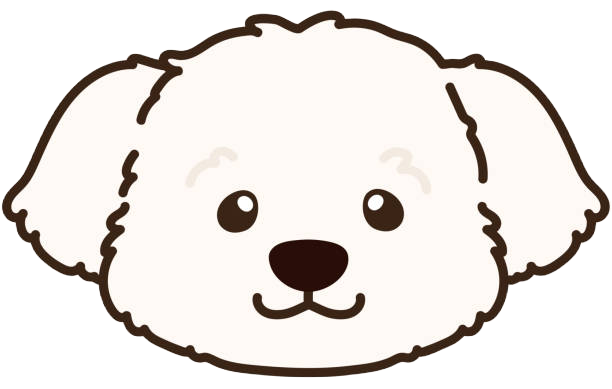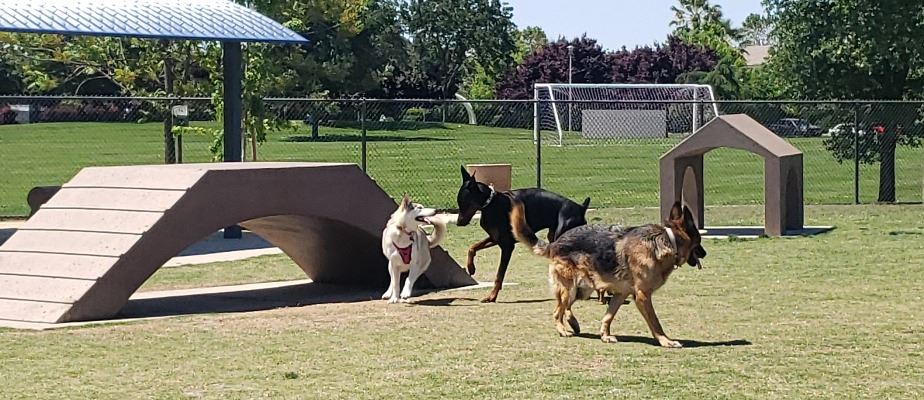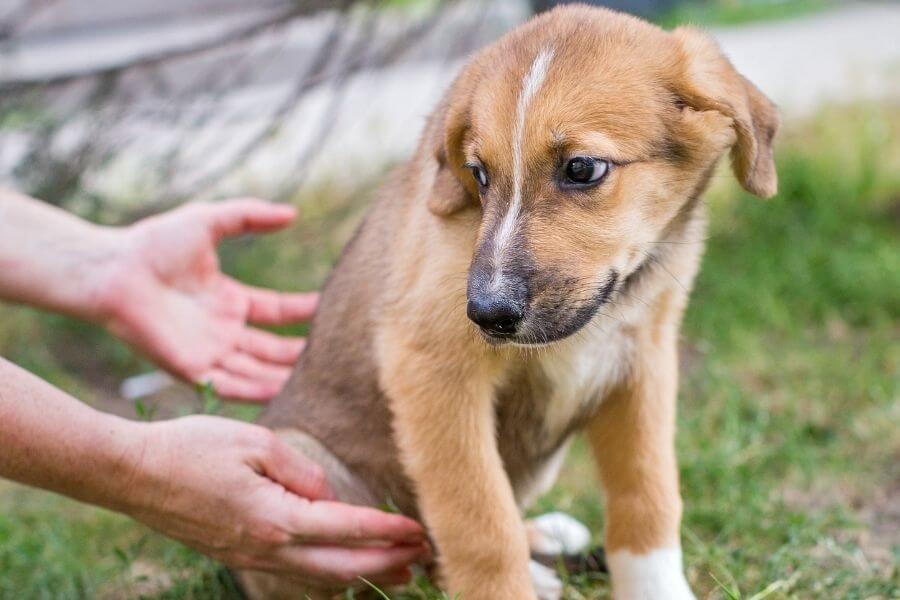
The Italian Greyhound is a breed that is currently on the rise in the pasDeciding to get a pet, such as an Italian Greyhound, is a significant commitment and should be made carefully after considering your lifestyle, preferences, and the needs of the dog. Italian Greyhounds can make wonderful companions, but there are several factors to consider before bringing one into your home:
- Size and Appearance:
- Italian Greyhounds are small dogs, typically weighing between 6 to 15 pounds and standing about 13 to 15 inches tall at the shoulder. They have a sleek and elegant appearance with a smooth short coat.
- Temperament:
- Italian Greyhounds are known for their gentle and affectionate nature. They tend to be loyal and bond closely with their owners. They are often described as “couch potatoes” and enjoy lounging around with their humans. They are generally very kind and sweet towards children. However, they may not tolerate rough play or overly energetic behavior from children. It’s always best to get any breed of dog that you take in the proper early training. This will ensure your dog gets along with both people and other animals. For dog breeds that are the best for young children click here for the top 10 list.
- Exercise Needs:
- Despite their small size, Italian Greyhounds are quite active dogs and require regular exercise. They enjoy short bursts of play and sprinting but can tire quickly. Daily walks and playtime are essential to keep them happy and healthy.
- Socialization:
- Italian Greyhounds are generally good with other dogs and pets, but early socialization is crucial to ensure they get along well with other animals. They can be reserved or shy around strangers, so socialization helps with their confidence.
- Grooming:
- Their short coat is low-maintenance, requiring only occasional brushing to keep it clean and free of loose hair. They are not heavy shedders.
- Health Considerations:
- Italian Greyhounds are a relatively healthy breed, but they are prone to certain genetic conditions, such as dental issues, hip dysplasia, and luxating patellas. Regular veterinary check-ups are essential to catch and address potential health problems early.
- Size and Fragility:
- Due to their delicate build, Italian Greyhounds can be more susceptible to injuries and fractures compared to larger breeds. They should be handled gently and monitored closely, especially around children and larger, more energetic dogs.
- Lifespan:
- Italian Greyhounds have quite a long lifespan, often living 12 to 15 years or more with proper care. Be prepared for a long-term commitment.
- Time and Attention:
- Italian Greyhounds are companion dogs and thrive on human attention. They can be prone to separation anxiety if left alone for extended periods. Consider your daily schedule and whether you can provide the necessary companionship and care.
- Adoption vs. Buying:
- Consider adopting from a rescue organization or shelter, as there are often Italian Greyhounds in need of loving homes. Adoption can be a great way to provide a home to a dog in need.
So where did the Italian Greyhound come from exactly? It’s an ancient breed that has a long and storied history. While its exact origins are somewhat unclear, it is believed to have originated in the Mediterranean region over 2,000 years ago. Here’s a brief overview of the breed’s history below:
-
Ancient Roots: The Italian Greyhound’s ancestors can be traced back to the small, slender dogs kept by the ancient Egyptians, Greeks, and Romans. These dogs were often depicted in ancient art and were highly regarded as companions of nobility and royalty.
-
Development in Italy: The breed’s name suggests its strong association with Italy, particularly the city of Florence, where it was favored among Italian nobility during the Renaissance period. It was in Italy that the breed was further refined and developed into the sleek, elegant dogs we know today.
-
Companion Dogs: Italian Greyhounds were primarily bred for companionship and the pleasure of their owners. They were not originally bred for specific working purposes like hunting or herding, unlike some other breeds. Instead, their breeding history is centered around their aesthetic appeal and their role as cherished companions to nobility and aristocracy. Owning an Italian Greyhound was often a status symbol among the Italian aristocracy. Also, these dogs were considered a sign of refinement and social standing.
-
Decline and Resurgence: The breed’s popularity waned in the 19th century, and it nearly went extinct during World War II. However, dedicated breed enthusiasts and breeders worked to revive the Italian Greyhound, leading to its resurgence as a beloved companion animal in the mid-20th century.
Today, Italian Greyhounds are appreciated for their beauty, elegance, and affectionate nature. They are often kept as beloved pets and continue to participate in dog shows and various canine sports. Ultimately, whether you should get an Italian Greyhound or any other breed depends on your lifestyle, living situation, and your ability to meet the needs of the dog. Make sure to do thorough research, talk to breeders or rescue organizations, and assess your readiness for the responsibilities of dog ownership before making a decision.






